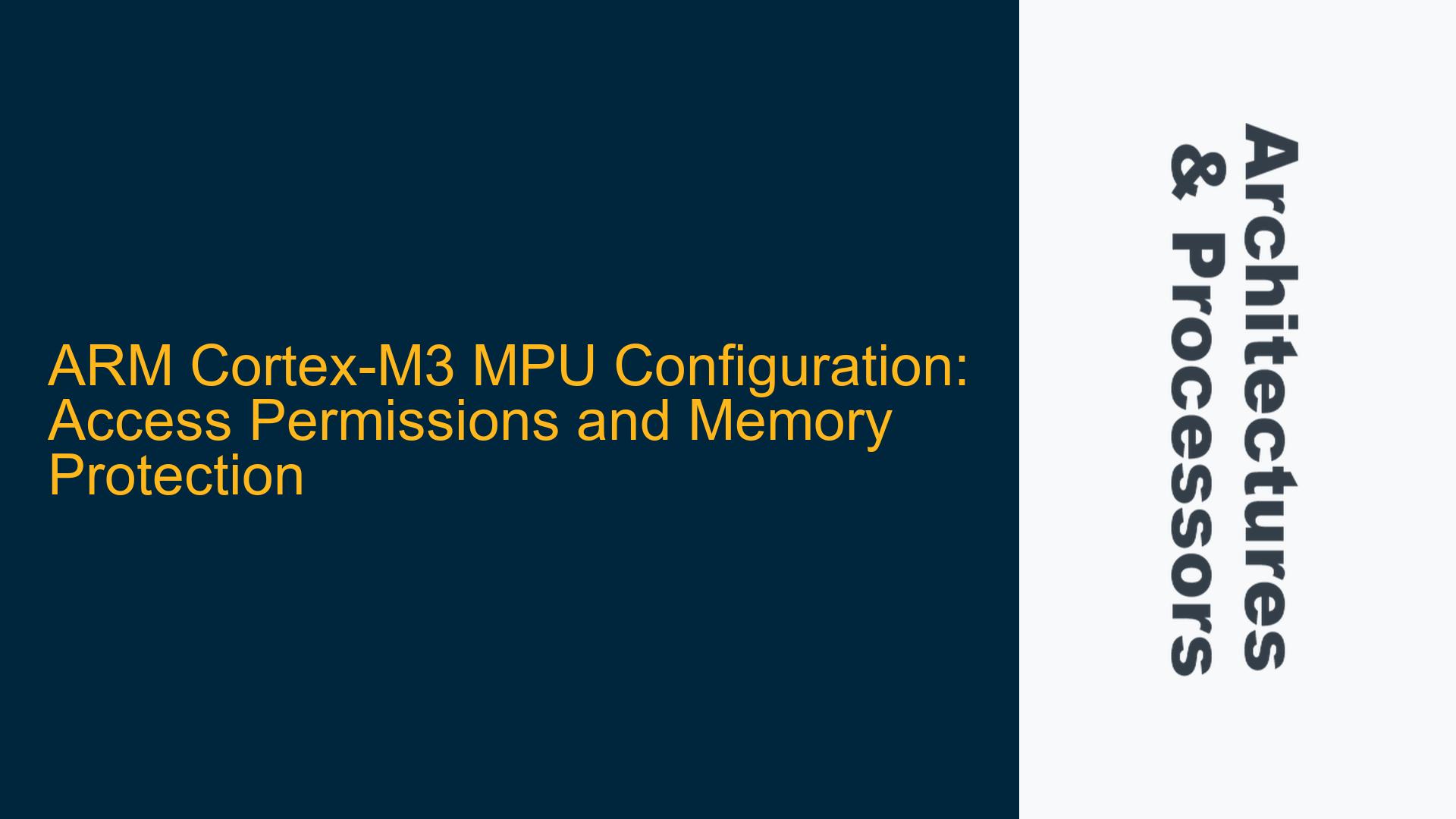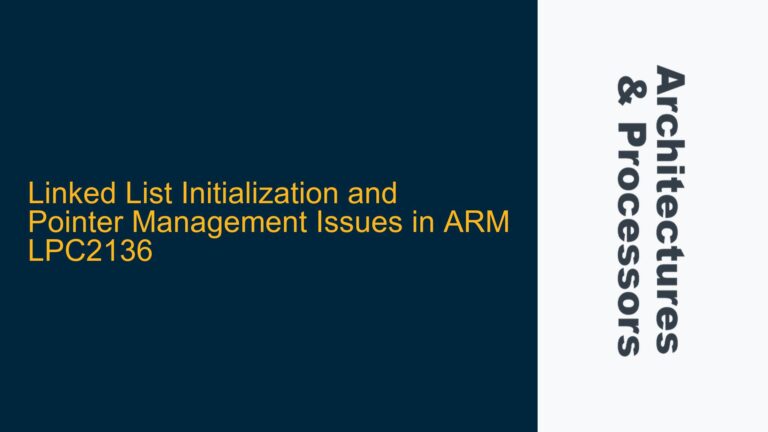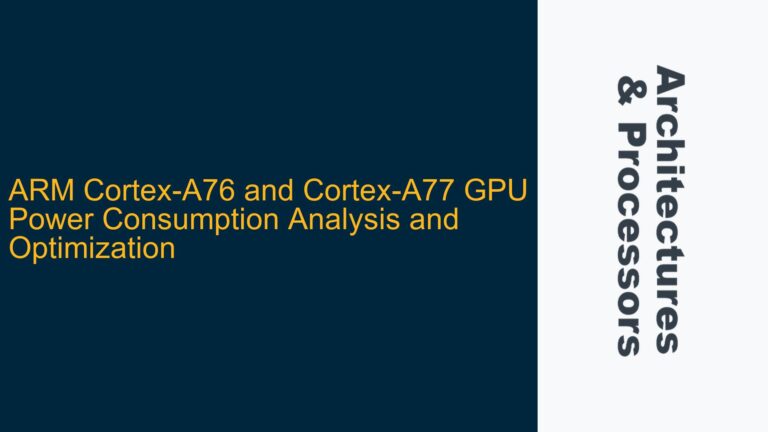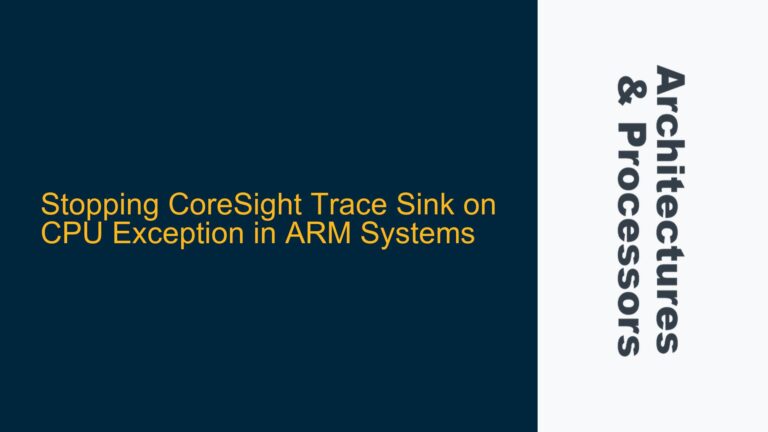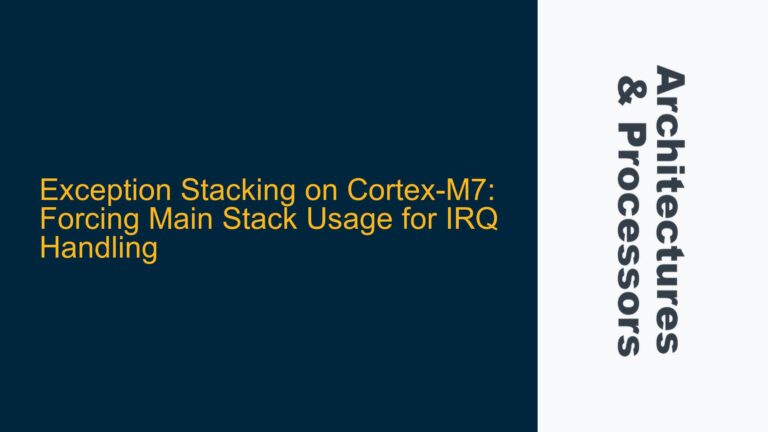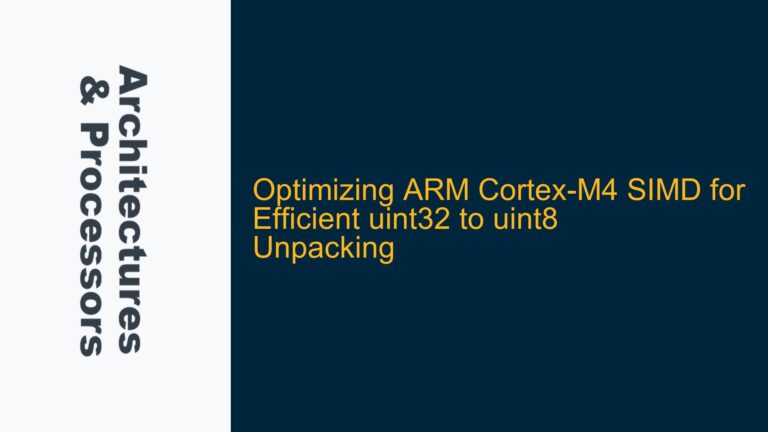ARM Cortex-M3 MPU Access Permissions and Memory Protection Overview
The ARM Cortex-M3 Memory Protection Unit (MPU) is a critical component for ensuring secure and reliable operation in embedded systems. The MPU allows developers to define memory regions with specific access permissions, enabling the separation of software into privileged and unprivileged execution contexts. This separation is essential for creating robust systems where critical code and data are protected from unauthorized access or accidental modification.
The MPU achieves this by dividing the memory map into configurable regions, each with attributes such as access permissions, execute-never (XN) settings, and cacheability. Access permissions are particularly important as they dictate whether a memory region can be accessed in privileged or unprivileged mode, and whether the access is read-only or read-write. For example, flash memory can be configured as read-only to prevent accidental writes, while RAM regions can be set to read-write for data manipulation.
A common challenge arises when developers need to dynamically reconfigure MPU regions during runtime. For instance, a system may require changing a flash memory region from read-only to read-write to perform firmware updates. Understanding how to manage these transitions without violating memory protection rules is crucial for system stability. Additionally, tools and reference documents for MPU configuration are often sought after to streamline the development process.
Privileged vs. Unprivileged Access and Dynamic MPU Reconfiguration
The ARM Cortex-M3 MPU distinguishes between privileged and unprivileged access to memory regions. Privileged access is typically reserved for the operating system or firmware, while unprivileged access is granted to user applications. This separation ensures that critical system resources are protected from unauthorized access by untrusted code.
Privileged access allows full control over the system, including the ability to configure the MPU itself. Unprivileged access, on the other hand, is restricted to specific memory regions and operations defined by the MPU configuration. For example, an unprivileged application may be allowed to read from a specific RAM region but not write to it or execute code from it. This granular control is essential for implementing security features such as sandboxing and privilege escalation prevention.
Dynamic MPU reconfiguration is another key aspect of the Cortex-M3 MPU. Unlike static configurations, which are set once during initialization, dynamic reconfiguration allows the MPU settings to be modified during runtime. This is particularly useful in systems where memory access requirements change based on operational modes. For instance, a system may need to temporarily grant write access to a flash memory region for firmware updates and then revert to read-only access afterward.
However, dynamic reconfiguration must be handled carefully to avoid race conditions or unintended memory access. The process typically involves disabling the MPU, updating the region attributes, and then re-enabling the MPU. During this transition, the system must ensure that no critical operations are interrupted and that memory access rules are consistently enforced.
Implementing MPU Configuration and Access Permission Management
To effectively implement MPU configuration and manage access permissions, developers must follow a structured approach. This involves understanding the MPU region attributes, configuring the MPU registers, and handling dynamic reconfiguration scenarios.
The MPU region attributes include the base address, size, access permissions, and memory type. The base address and size define the memory region, while the access permissions specify whether the region is accessible in privileged or unprivileged mode and whether it is read-only or read-write. The memory type determines the cacheability and shareability of the region.
Configuring the MPU registers involves writing to the MPU Region Base Address Register (MPU_RBAR) and the MPU Region Attribute and Size Register (MPU_RASR). The MPU_RBAR specifies the base address of the region, while the MPU_RASR defines the size, access permissions, and memory type. These registers must be configured in a specific sequence to ensure correct operation.
Dynamic reconfiguration requires additional steps to ensure system stability. Before modifying the MPU settings, the MPU must be disabled by clearing the MPU Enable bit in the MPU Control Register (MPU_CTRL). After updating the region attributes, the MPU can be re-enabled by setting the MPU Enable bit. During this process, the system must ensure that no critical operations are interrupted and that memory access rules are consistently enforced.
Tools and reference documents can greatly assist in MPU configuration. ARM provides detailed documentation in the Cortex-M3 Technical Reference Manual, which includes information on MPU registers, region attributes, and configuration sequences. Additionally, development tools such as ARM Keil MDK and IAR Embedded Workbench offer graphical interfaces for configuring the MPU and generating initialization code.
In conclusion, the ARM Cortex-M3 MPU is a powerful tool for implementing memory protection and access control in embedded systems. By understanding the principles of privileged and unprivileged access, dynamic reconfiguration, and MPU configuration, developers can create secure and reliable systems. Proper use of tools and reference documents further streamlines the development process, ensuring that MPU configurations are both effective and efficient.
